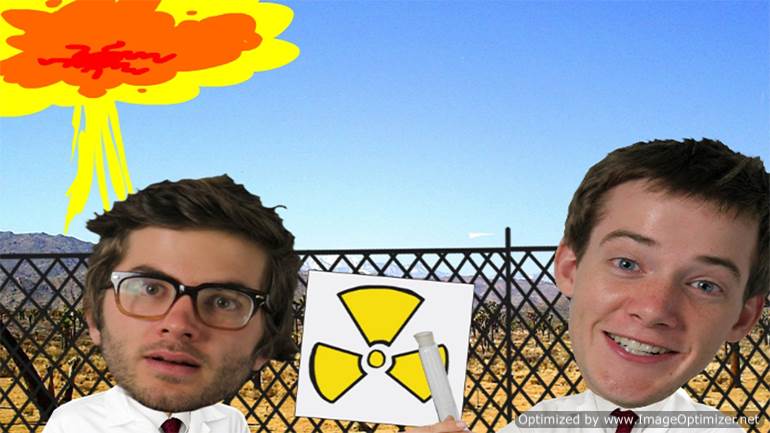ShmoopTube
Where Monty Python meets your 10th grade teacher.
Search Thousands of Shmoop Videos
Period 7: 1890–1945 Videos 19 videos
AP U.S. History 1.3 Period 7: 1890-1945. How did the rise of the corporations affect the social order of the time?
AP U.S. History 2.1 Period 7: 1890-1945. Opponents of Stimson's policies would most likely have supported which of the following?
AP U.S. History 2.2 Period 7: 1890–1945. The sentiment expressed above most radically lost public support after which of the following events?
AP U.S. History 1.5 Period 7: 1890-1945 222 Views
Share It!
Description:
AP U.S. History 1.5 Period 7: 1890-1945. Unlike Europeans, Mexicans increased immigration to the U.S. during World War I because of what factor?
Transcript
- 00:00
[ musical flourish ]
- 00:04
And here's your Shmoop du jour, brought to you by conveniently flexible immigration policies.
- 00:09
the Mr. Incredible of legislature. Yeah.
- 00:12
All right, unlike Europeans, Mexicans increased immigration
- 00:16
to the U.S. during World War I because of what factor?
Full Transcript
- 00:20
And here are your potential answers. [ buzz ]
- 00:22
[ mumbles ]
- 00:25
All right, well, the U.S. was pretty desperate for workers during World War I.
- 00:29
Anti-communist immigration quotas
- 00:32
arising from the sentiment expressed in our little cartoon here
- 00:35
restricted the number of immigrants from Europe
- 00:38
and millions of Americans were fighting overseas.
- 00:41
So Mexican immigrants came to fill that void.
- 00:43
Let's see which answer best describes why our friends
- 00:46
in the south ended up filling that need.
- 00:49
Did Mexican immigration to the U.S. increase
- 00:51
during World War I because of
- 00:53
A - their ideological commitment to democracy? Hmm.
- 00:58
Well, actually, Mexico was a neutral country during World War I
- 01:01
and their government was besieged by the same kinds of
- 01:03
revolutionary politics prevalent in eastern Europe.
- 01:06
So that knocks out A and D.
- 01:08
Could Mexican immigration have increased due to B -
- 01:11
their technical skills and expertise?
- 01:13
Well, industrialists mostly just needed a force of
- 01:16
brutes to help manufacture the clothes, arms,
- 01:19
and food necessary for a war,
- 01:21
not employees with specialized technical skill sets.
- 01:24
That eliminates B, as well.
- 01:26
Which means that Mexican immigration increased
- 01:29
during World War I because of C -
- 01:31
their willingness to work for low wages.
- 01:33
The cheap labor of Mexican immigrants was
- 01:36
crucial to the war effort,
- 01:37
but when the Great Depression hit a few years later
- 01:39
and jobs became scarce once again,
- 01:41
the U.S. deported all Mexican laborers,
- 01:44
even Mexican-Americans born in the U.S.
- 01:48
So the correct answer is C, as in
- 01:50
"See ya later,
- 01:51
even though you all were essential to maintaining
- 01:54
a thriving domestic economy during the global crisis
- 01:57
and you helped us win the war."
Related Videos
AP U.S. History Diagnostic 1. Relationships like the one shown in the image resulted in the development of...what?
AP U.S. History Diagnostic 15. How did groups like the ones represented by the image influence industry in America?
AP U.S. History Diagnostic 10. What led to the splintering of the political parties shown in the image?
AP U.S. History Diagnostic 11. The election results shown in the image led to...what?
AP U.S. History Diagnostic 12. How did the Reconstruction Acts open up political opportunities for former slaves?























